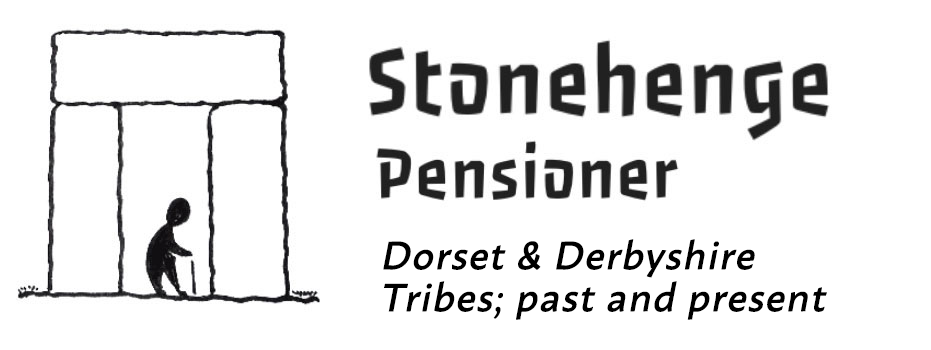Signs of Prehistory In The UK
For me, signs of prehistory in the UK reside in three areas. I spent my early years in Shropshire. It has bad memories but I loved the countryside. The Stretton Hills include Caer Caradoc, a dramatic heather strewn hill of volcanic rock. It has a prehistoric hillfort around the summit which is little more than a disappointing short bank. Some miles away is one insignificant stone circle and, further north, a fascinating group of mounds called the ‘The Berth’. There is no public access to this latter site. The reason so little prehistory exists is because early people could not prosper there. They could not plough the heavy soils and the oak woods were also too much for flint and stone axes. Few prehistoric tools like the mace in my photograph are found.
Cumbria
I moved to Cumbria in 1983 and subsequently visited all the county’s stone circles. There are currently over 50 but many may have been destroyed. There are also a few Iron Age hillforts. Most are small and suggest a vibrant though limited population in the Stone Age, the Neolithic. Most experts see Cumbria as one big ‘stone axe factory’, with various sites producing the fine green stone suitable for axes. These axes are found all over the UK, including Dorset, so a trading network existed. The biggest henges, such as Mayburgh, near Penrith, are thought to have been trading ‘nodes’ for the axes.
Hillforts
I retired to Christchurch in 2012. What immediately impressed me in Dorset was the huge ramparted hillforts. I explain what these are in a previous post called henge or hillfort. Walking over them, I was struck by the amount of labour necessary for their construction. There were a lot of people in prehistoric Dorset, far more than in Shropshire or Cumbria.
Signs of prehistory in the UK
The tribe in Dorset had light silt soils along the rivers. These rivers were also navigable highways to the sea giving them fairly immediate contact along the South Coast. This coastal route enabled them to connect with Europe and even up to Scotland. Add in the milder winter weather, mainly because the county faces south into the sun and it is easy to see why Dorset was the first common culture, even civilisation, in Britain. In truth, it was too early to call it Dorset and the tribal area spread into what we now call Hampshire, Wiltshire and Somerset. The success of British tribes will be envied by the Romans; they will end prehistory!




